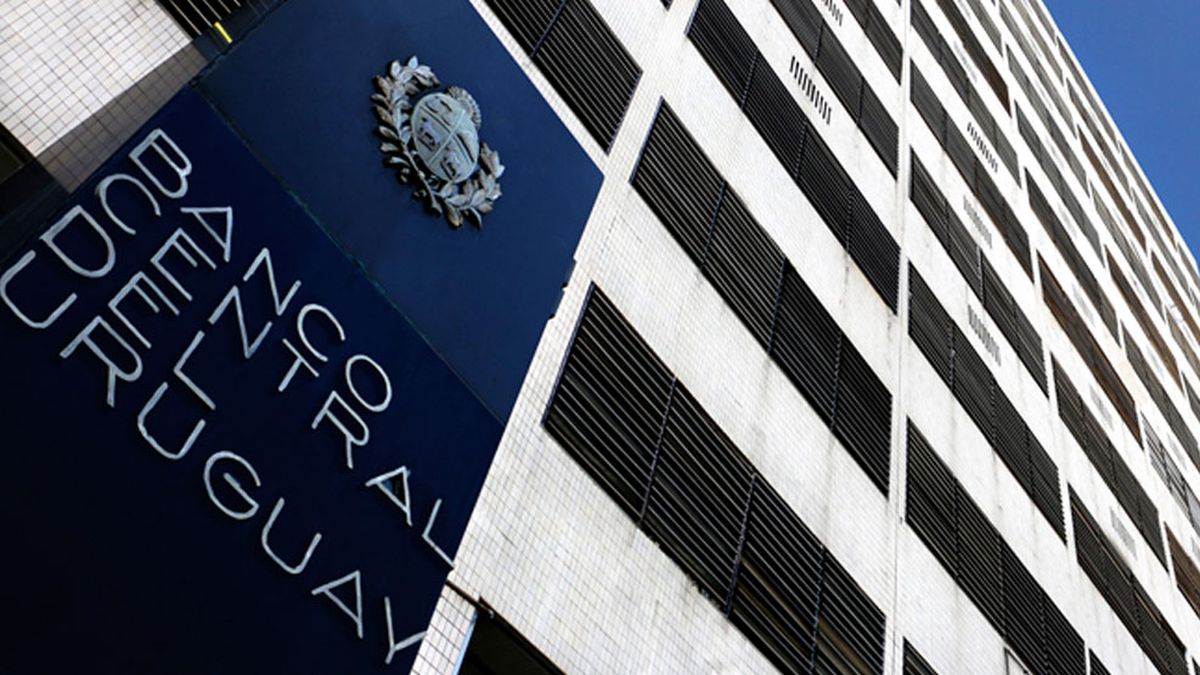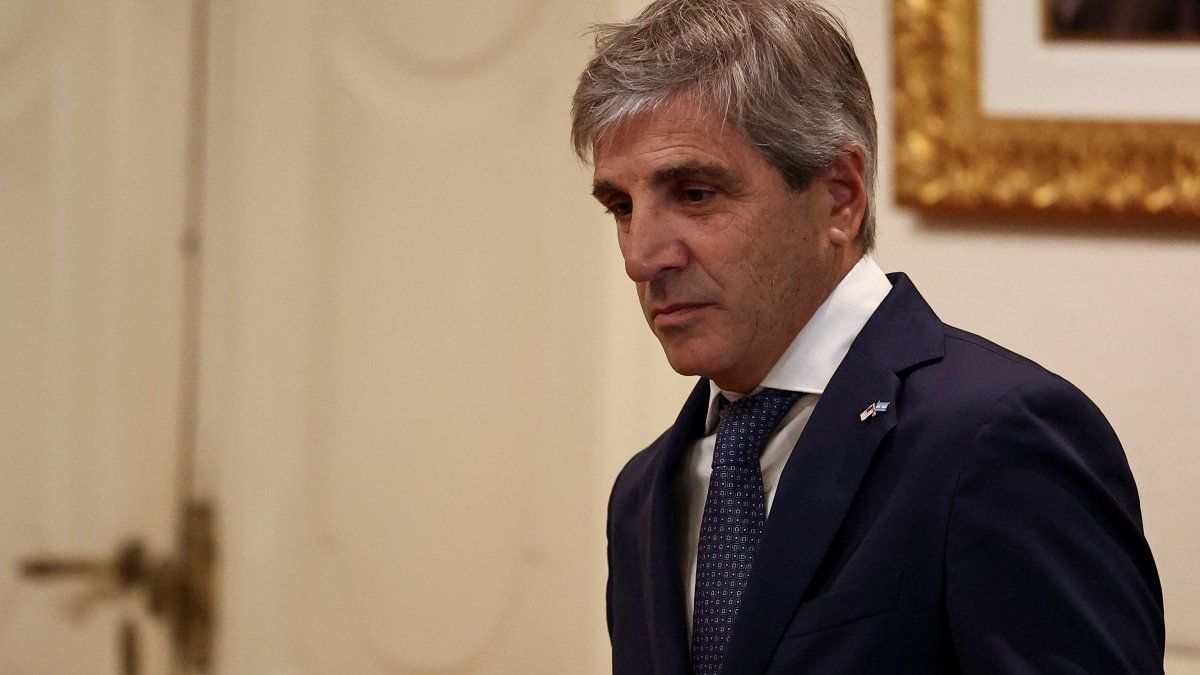He Monetary Policy Committee (Copom) will meet again this Wednesday, April 19, where it must define how the interest rate of the Central Bank of Uruguay (BCU)actually in 11.5%.
Within hours of the meeting that will define whether the financial institution decides to maintain or lower the monetary policy rate (MPR) –hardly to increase it–, scope.com asked analysts Nicholas Lussich, Nicholas Cichevski and Francisco Echegoyénfrom various positions, on what are the expectations for this Wednesday.
Is the BCU interest rate stable or low?
“I wouldn’t be surprised if there’s a cut in the monetary policy rate; at 11.25% maybe”, risked Echegoyen, from the financial advisory company Gastón Bengochea, and mentioned two reasons: one linked to inflation and the other to the domestic market.
With the aim of mitigating the inflationary process unleashed by the pandemic and the war in Ukraine, the BCU ordered a series of rate increases and recently kept them frozen. “Inflation has been falling monthly with a clearly downward trend. We went from 9.95% in September to 7.33% now. There is a clear slowdown”, specified the analyst.
Regarding the instruments in pesos, Echegoyen pointed out that in the Letters of Monetary Regulation (LRM) in the local market, rates one year they sell today at 11.37%while the shorter rates, one month, yield 11.62%. “There we see that the curve is reversed and the market already discounts that future rates of return are going to be lower than those of now”, he stated.
In return, Lussich opined: “Surely the Central Bank will keep the monetary policy rate at 11.5%.” According to the analyst, “the drop in inflation that has occurred is surely now in a more moderate stage, because some inflationary pressures have arisen, such as the drought.”
Meanwhile, he added: “It is not a finished game. And in this scenario, I do not imagine that the Central Bank makes a change decision, rather I see the Copom inclined to maintain”.
As an intermediate point, Cichevski, from the CPA Ferrere consultancy, stated that the drought and the slowdown in inflation –and to a lesser extent in expectations– “could justify a rate cut in aprilbut the truth is that it could compromise the target to bring inflation below the 6% in 2024”.
The inflation expectations factor
Lussich, in turn, expressed that, although the increase in the TPM and the contractionary bias of the Central Bank “have been successful in lowering inflation, particularly through the exchange channel, they still no clear impact on expectations”.
This is a key issue, given that at its last meeting, the Copom warned that the following adjustments would be strongly referenced in the evolution of inflation expectations. In the latest Survey of Expectations of the National Statistics Institute (INE)these went down to 8% for this year.
At this point the views diverge: while Lussich points out that it is a number “clearly above the target range” (from 3 to 6%), which would support the hypothesis of a new freeze, Echegoyen highlights the reduction of the last month in the indicator and states that “TPM should go down a bit moreso that little by little it converges”.
That’s right, Lussich rules out a possible increase in the rate. “The economy is in a very different situation than last year, according to the latest GDP data, with a decline,” he argued.
The dollar and salary agreements: other elements to take into account
Cichevski recalled that the BCU also faces the dilemma of “the current situation of the real exchange rate”, an issue for which the export sector criticizes the government and its “exchange rate delay”. In line, Lussich referred to the “problem at the exchange level” and maintained: “There is pressure on the exchange rate that is being made relatively unsustainable”.
Currently, the dollar is below the floor of 39 pesos for more than three weeks. The restrictive policy of the Central Bank makes instruments in pesos more attractive, which generates a weakening of the US currency against the Uruguayan.
The CPA Ferrere analyst also said that “it is important to take into account that this is possibly the meeting prior to the announcement of the salary guidelines of the next round (they are announced in May and negotiations begin in June)”.
In this sense, he specified: “To ensure that inflation converges to 5.8% wage agreements will be required to implicitly incorporate that level of inflationand with that objective, there are arguments for the BCU to postpone the lowering of the TPM for May or July”.
Source: Ambito




